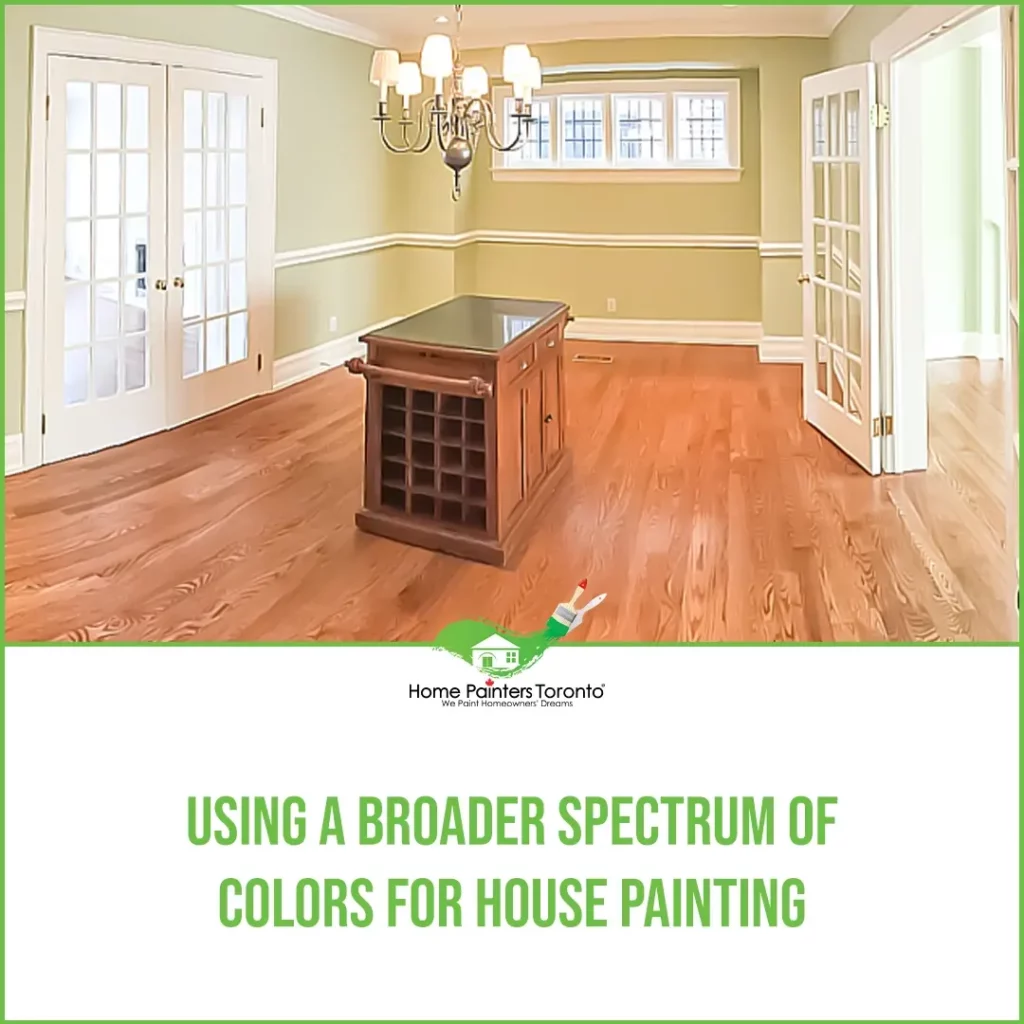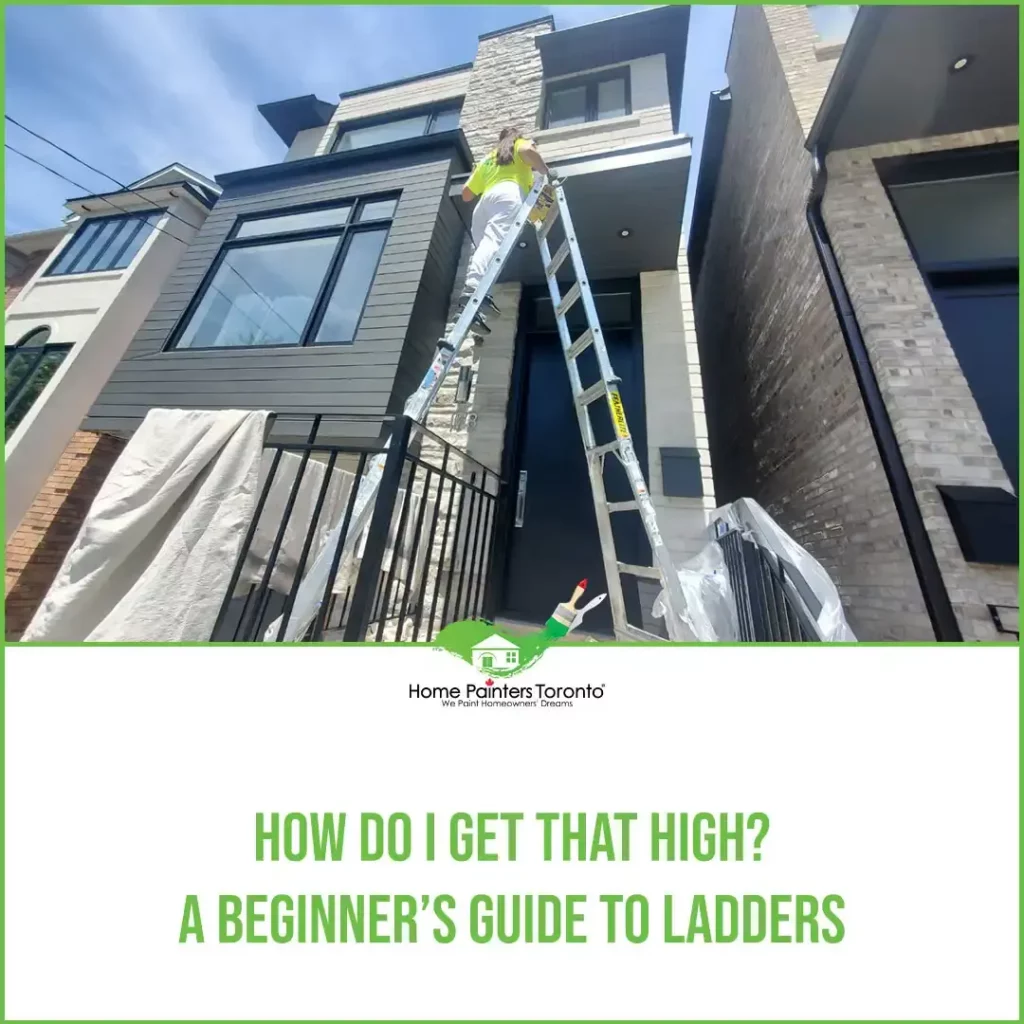
House Painting or repainting is an excellent way to bring life to dull surfaces. Although it seems like an easy job, there is a difference between painting and painting well. For beginners, it might be a more challenging task at hand. In this blog, we’ll discuss common mistakes beginners should avoid. Also, we’ll go over some painting problems and solutions when undertaking a house painting project to ensure a successful and professional-looking outcome.
There are rookie mistakes people should avoid while painting, and here are some of them.
Top 5 Common Mistakes Should Avoid in Home Painting
1. Not Preparing the Surface
Surface preparation is a crucial part of painting interior and exterior facades. It is the process of ensuring the surface is levelled or even on either side. By smoothing it out, painters could easily paint over any material, such as wood, cement, or metal, without dealing with nooks and crannies that are difficult to fill with paint.
In effect, surfaces you prepare before the paint job should have a smooth finish. They should not have bumps or dents visible under any light source. It also makes the area look much better compared to those that are uneven all around.
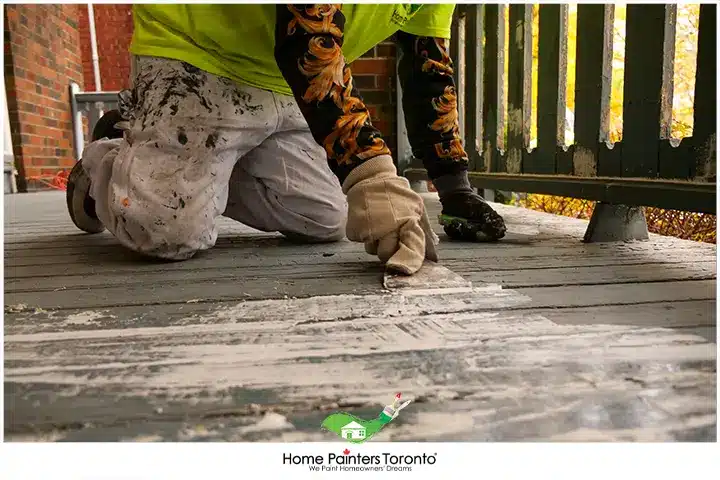
2. Not Using a Primer on the Wood
Primer is a type of coating that ensures the paint sticks to any surface you apply it to. It is also an agent that makes the product last longer, even if the exterior is often exposed to environmental factors, such as extreme temperatures and direct sunlight.
Using a primer is ideal for porous materials like concrete and wood. It is a mandatory step to coat non-water-resistant materials to prepare them for the actual coat of paint.
Lastly, primers are great for surfaces that require cleaning but are hard to do or for dark-coloured places that you will change into new, brighter colours.
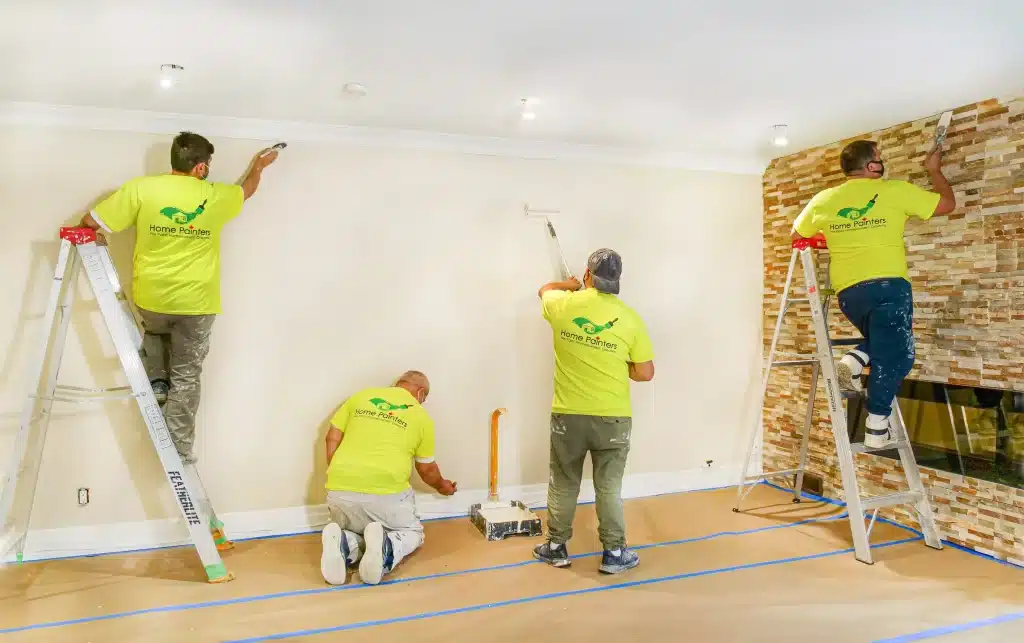
3. Not Spreading Paint Properly
Paints adhere best when you apply them at a reasonable spread rate. Although there isn’t a definite value of how fast or slow people should spread the paint across the surface, it should be slow to ensure it’s even but not too fast to the point it gets too thin. If the first coat of paint looks uneven or blotchy, you’re probably spreading it too quickly.
It’s best to apply the paint in layers to prevent cracking and peeling when exposed to extreme temperatures. Besides, putting the paint too thick may lead to a longer drying time and invite mildew infestation within the property.
4. Incorrect Use of Latex Paint
Latex paint is a water-based acrylic polymer solution mixed with acrylic resin. Although similar to acrylic paint, it is recommended for more expansive areas because manufacturers sell it in bigger batches.
Although it sounds simple, latex paint is challenging to manage. Applying it to exterior surfaces under extreme temperatures may lead to peeling or durability problems. Meanwhile, once it gets wet by the rain within twenty-four hours of application, it instantly gets ruined and may require another round to work.
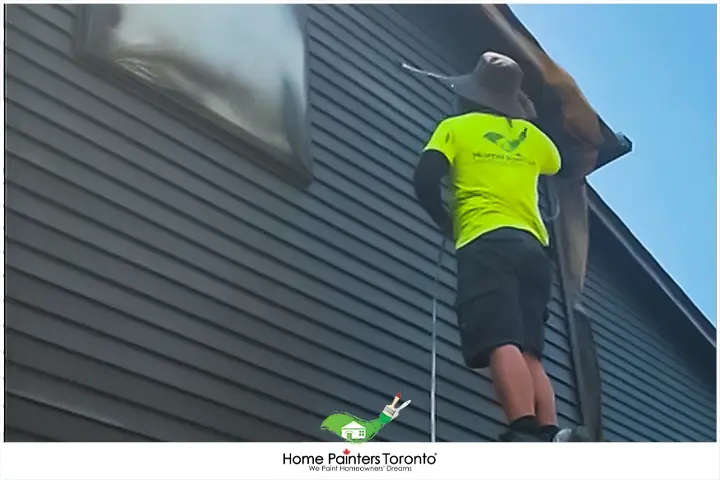
5. Wrong Use of Paint for Exterior Surfaces
There are various paint types used for several reasons.
Using the wrong kind to paint exteriors may lead to failure and costly do-overs. For example, exterior surfaces need something that quickly dries.
However, it also depends on the surface’s material on which type to use.
But on average, acrylic latex provides the best overall performance. It is also the best protection against premature failure.
Solving Common Problems in House Painting
Various problems can arise during the painting process, affecting the final result and potentially causing damage to your home. Below are the common house painting problems and solutions to help you achieve a successful and long-lasting paint job.
1. Peeling Paint
Problem: Peeling paint occurs when the paint loses its adhesion to the surface, causing it to lift and peel away. This issue is often caused by poor surface preparation, moisture, or using the wrong type of paint.
Solution: To fix peeling paint, first remove the loose and peeling paint using a scraper or wire brush. Then, sand the area to create a smooth and even surface. Identify and address moisture issues, and apply a high-quality primer to promote better adhesion. Finally, repaint the area with suitable exterior paint.
4. Incorrect Use of Latex Paint
Problem: Bubbling or blistering happens when bubbles form under the paint film, often caused by moisture or heat.
Solution: Identify and address the moisture or heat source causing the bubbling or blistering.
Remove the affected paint, sand the surface, and allow it to dry thoroughly. Apply a high-quality primer and repaint the area with suitable exterior paint.
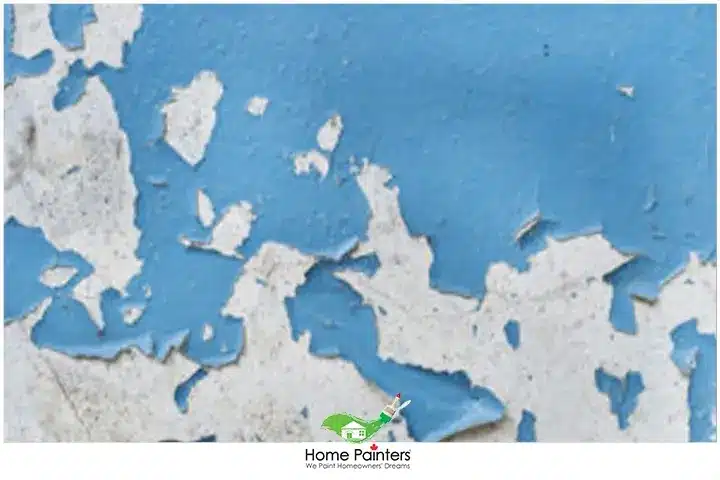
3. Chalking
Problem: Chalking is a powdery residue that forms on the surface of the paint, typically caused by exposure to sunlight and weathering.
Solution: Remove the chalky residue by scrubbing the surface with a stiff brush and a solution of water and trisodium phosphate (TSP).
Rinse the surface thoroughly and allow it to dry. Apply a high-quality primer and repaint the surface with durable, UV-resistant exterior paint.
4. Mould and Mildew
Problem: Mould and mildew are fungal growths that appear as black, brown, or green spots on the paint surface, often in damp or shaded areas.
Solution: Remove the mould and mildew using a solution of one part bleach to three parts water, scrubbing the surface with a stiff brush.
Rinse the area thoroughly and allow it to dry. Apply a mould and mildew-resistant primer and paint to prevent future growth.
5. Drips and Runs
Problem: Drips and runs occur when the paint drips or down the surface, creating an uneven finish. This is often caused by applying paint too thick on walls or not allowing the paint to dry correctly.
Solution: Remove the drips or runs by sanding the surface until smooth and even. When repainting, apply the paint in thin, even coats and allow each coat to dry according to the manufacturer’s recommendations before applying the next.
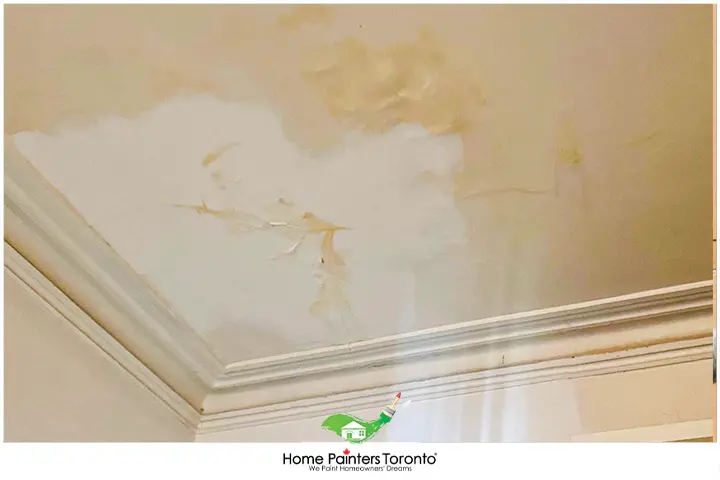
6. Inconsistent Colour or Poor Coverage
Problem: Inconsistent colour or poor coverage can result from using low-quality paint, not applying enough coats, or not properly preparing the surface.
Solution: To achieve even colour and proper coverage, ensure the surface is clean, dry, and primed. Use high-quality paint and apply the recommended number of coats, allowing each coat to dry according to the manufacturer’s instructions.
7. Cracking or Flaking
Problem: Cracking or flaking refers to a pattern of deep cracks or flakes in the paint film. This issue is often caused by applying a hard, inflexible paint over a softer, flexible one or by allowing insufficient drying time between coats.
Solution: Remove the cracked or flaking paint by scraping and sanding the surface. Apply a high-quality primer and repaint the surface with a flexible exterior paint, allowing each coat to dry according to the manufacturer’s recommendations.
Painting surfaces is challenging, especially if you’re doing the task for the first time. But as soon as you get the hang of it, everything follows. However, avoid the rookie mistakes above for your first paint job; no one will know you’re a beginner.
Home Painters offers Commercial painting services in Toronto, from interior to exterior painting solutions. We make sure to paint our client’s dreams. With thirty years of experience, we offer the best value for money. Get a free estimate now by logging onto our website!
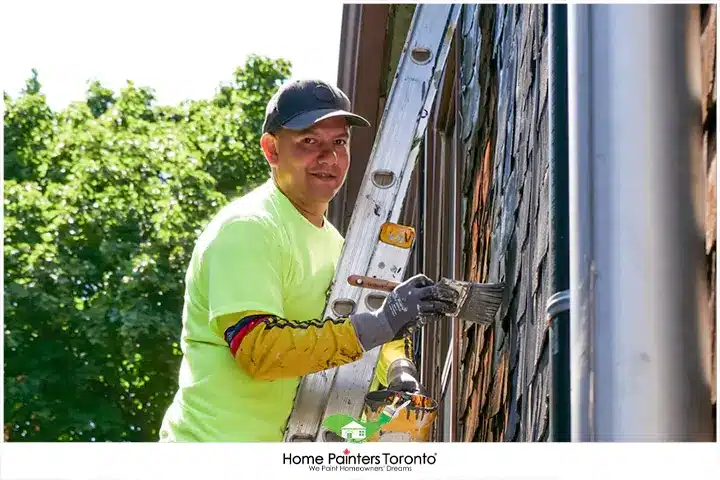
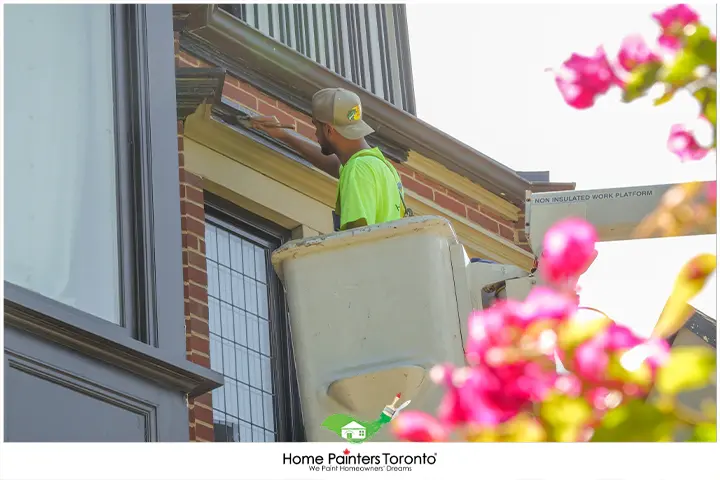
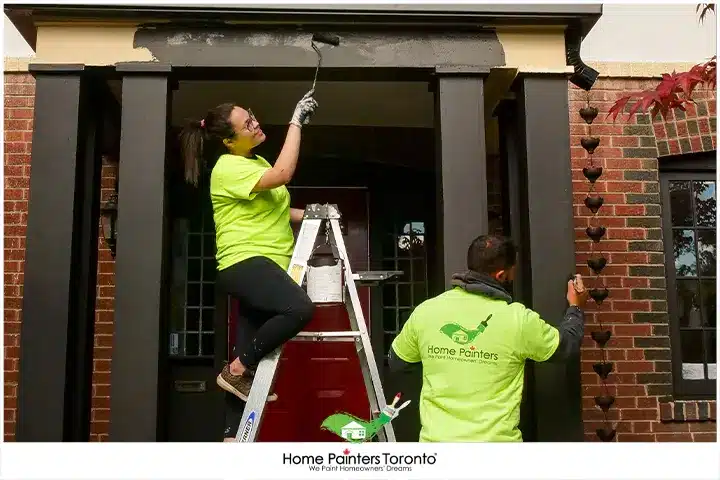
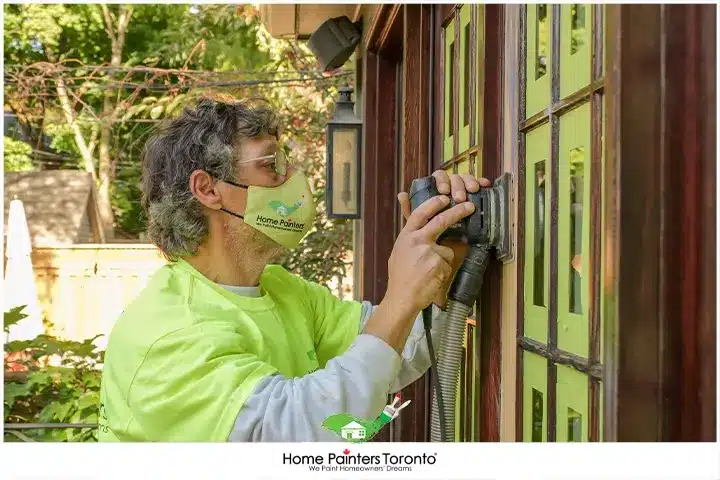
Top Related Blogs to
“House Painting: Common Mistakes Beginners Should Avoid”
If you reside in Toronto and the GTA and need help figuring out Common Mistakes Beginners Should Avoid in House Painting, don’t hesitate to call us! We will help you pick the colours you want and show you the latest painting and home renovation trends. Our home painting services with the best pro painters have been around for over 37 years. Call 416.494.9095 or email [email protected] for a FREE quote for your home painting needs. And don’t forget to check us out on our social media channels below!


